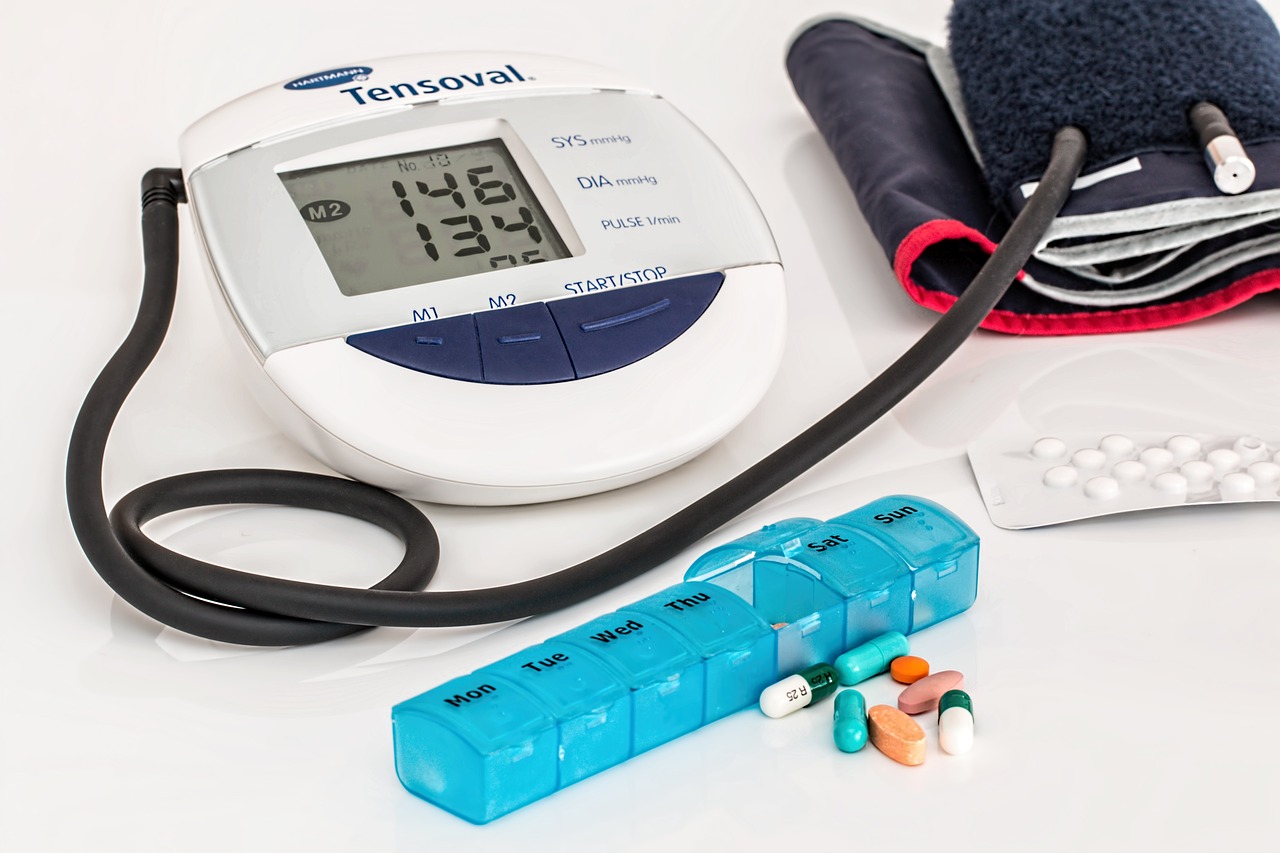The care industry has witnessed a remarkable transformation over the last few years, driven largely by advancements in technology. From telemedicine to artificial intelligence (AI) and electronic health records (EHRs), these innovations are reshaping how care services are delivered, improving efficiency, accessibility, and patient outcomes. Here’s a look at some key technological advancements and their impact on the care industry.
1. Telemedicine and Remote Care
Telemedicine has revolutionised the way healthcare is accessed and delivered. It enables patients to consult with healthcare providers remotely through video calls, phone calls, or messaging platforms.
- Increased Accessibility: Telemedicine makes healthcare more accessible, especially for individuals in rural or underserved areas who may have limited access to healthcare facilities. This technology reduces travel time and costs, allowing patients to receive care from the comfort of their homes.
- Continuity of Care: Remote monitoring tools allow healthcare providers to track patients’ health status continuously. This ensures ongoing engagement and timely interventions, particularly for chronic disease management.
- Emergency Response: In urgent situations, telemedicine can facilitate immediate consultations, enabling quicker diagnoses and treatment plans without the need for in-person visits.
2. Artificial Intelligence and Machine Learning
AI and machine learning are becoming integral to various aspects of healthcare, from diagnostics to treatment recommendations.
- Predictive Analytics: AI algorithms can analyse vast amounts of patient data to identify trends and predict potential health risks. For instance, predictive analytics can help identify patients at risk for conditions like heart disease or diabetes, enabling early interventions that can prevent complications.
- Enhanced Diagnostics: AI technologies are assisting in diagnosing diseases more accurately and quickly. For example, AI-powered imaging tools can analyse X-rays, MRIs, and CT scans to detect abnormalities that may be missed by human eyes.
- Personalised Treatment Plans: Machine learning models can develop personalised treatment plans based on individual patient data, including genetic information, lifestyle choices, and other factors. This tailored approach improves treatment effectiveness and patient outcomes.
3. Electronic Health Records (EHRs)
EHRs have transformed how patient information is stored, accessed, and shared among healthcare providers.
- Streamlined Information Sharing: EHRs facilitate seamless communication between different healthcare providers, ensuring that all members of a patient’s care team have access to up-to-date information. This enhances coordination of care and minimises the risk of errors.
- Improved Patient Engagement: Many EHR systems include patient portals that allow patients to access their health information, schedule appointments, and communicate with their healthcare providers. This transparency fosters greater patient engagement in their own care.
- Data-Driven Decision Making: EHRs provide valuable data that can be used for quality improvement initiatives, clinical research, and population health management. Healthcare organisations can analyse this data to identify areas for improvement and develop strategies to enhance care delivery.
4. Wearable Technology
Wearable devices, such as fitness trackers and smartwatches, are gaining popularity in health monitoring.
- Real-Time Health Monitoring: Wearables can track vital signs like heart rate, blood pressure, and physical activity levels in real-time. This data enables patients and healthcare providers to monitor health trends continuously and make timely adjustments to care plans.
- Chronic Disease Management: For patients with chronic conditions such as diabetes or hypertension, wearables can provide critical information that helps manage their health more effectively. Alerts and notifications can prompt users to take medications or engage in physical activity based on their health data.
- Promoting Healthy Behaviours: Wearable technology encourages individuals to adopt healthier lifestyles by setting goals, tracking progress, and providing reminders. This proactive approach to health management can lead to improved overall well-being.
5. Robotics and Automation
Robots and automation technologies are beginning to play a significant role in various aspects of care delivery.
- Surgical Robots: Robotic-assisted surgery allows for minimally invasive procedures with increased precision and reduced recovery times. Surgeons can perform complex surgeries with enhanced control and better visualisation of the surgical site.
- Patient Assistance Robots: Robots designed for patient assistance can help with tasks such as mobility support, medication reminders, and even companionship for elderly patients. These technologies enhance the quality of care while alleviating some of the burdens on healthcare providers.
- Administrative Automation: Automation tools streamline administrative tasks such as scheduling appointments, billing, and managing patient records. This allows healthcare staff to focus more on direct patient care rather than time-consuming administrative duties.
Conclusion
The advancements in technology are transforming the care industry by improving the efficiency, accessibility, and quality of healthcare services. From telemedicine to AI-driven diagnostics and wearable devices, these innovations are not only enhancing patient experiences but also empowering healthcare providers to deliver more personalised and effective care. As technology continues to evolve, it will play an increasingly vital role in shaping the future of healthcare delivery, ultimately leading to better health outcomes for all patients.
